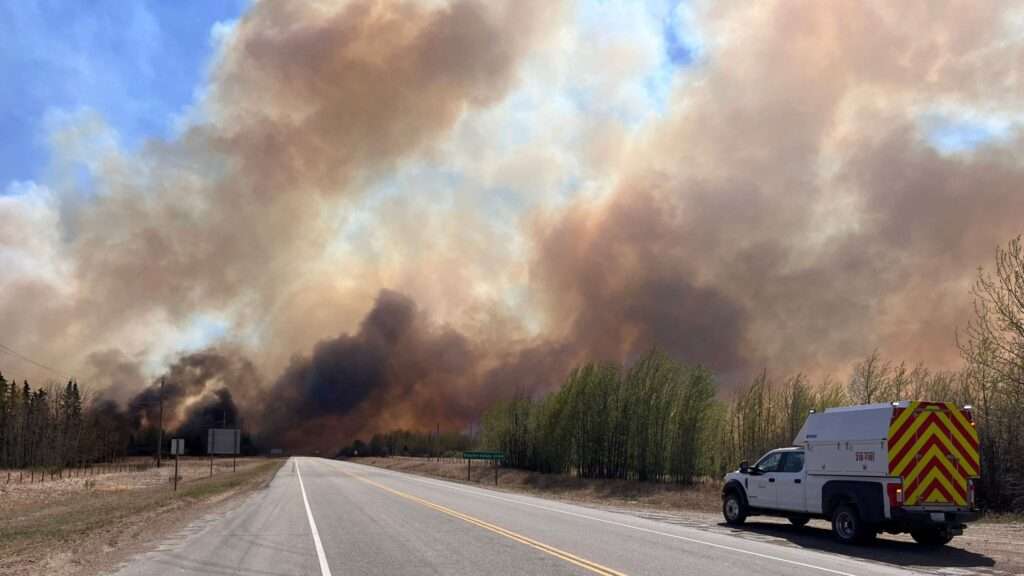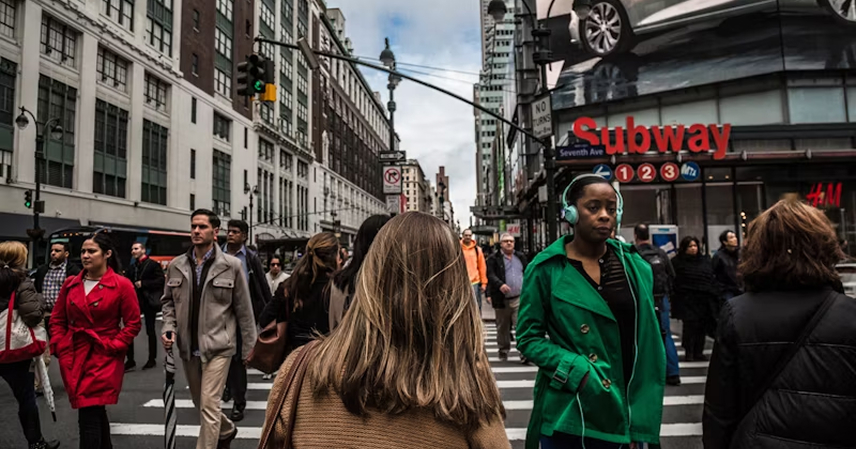In a grave escalation of the ongoing wildfire crisis, flames have now breached into a second Canadian province, compelling emergency authorities to issue evacuation orders affecting more than 17,000 residents. The infernos, fanned by dry weather and high winds, have sparked urgent calls for federal intervention and raised fresh concerns about the nation’s climate preparedness.
The wildfires, which initially erupted in the province of Alberta, have now extended their devastating reach into British Columbia. As of this morning, provincial officials confirmed the fires had crossed jurisdictional lines overnight, consuming swaths of forestland and endangering both rural communities and critical infrastructure.
Emergency services are operating under immense pressure as helicopters, ground crews, and water bombers are deployed to battle the blaze. Firefighters are reportedly working in 18-hour shifts, attempting to establish firebreaks and protect key assets including power lines, highways, and small towns situated in the fire’s projected path.
Alberta’s Emergency Management Agency declared a provincial state of emergency late Wednesday, citing “unprecedented fire behaviour” and “extreme conditions.” British Columbia followed suit Thursday morning, triggering its own emergency measures to streamline resource coordination and ensure public safety.
Experts from Environment and Climate Change Canada have pointed to an unusually dry spring season as a primary factor behind the fires’ rapid expansion. The region has witnessed below-average precipitation and higher-than-normal temperatures, with wind gusts exceeding 60 km/h further exacerbating the situation.
“We are witnessing a convergence of extreme weather patterns,” stated meteorologist Hannah Rielly. “These are not ordinary wildfires—this is a systemic event likely linked to broader climate trends.”
Evacuation centres have been swiftly erected in various towns, including Kamloops, Prince George, and Fort McMurray. Red Cross volunteers and local authorities are providing temporary shelter, food, and medical care to those displaced. Reports from the ground suggest scenes of chaos, with residents fleeing in haste as fire fronts advanced with alarming speed.
Prime Minister Justin Trudeau addressed the nation during a televised press conference, assuring Canadians that federal support is being mobilized. “We stand with all affected provinces and communities,” said Trudeau. “The safety of our citizens is paramount, and all necessary resources will be made available.”
As the crisis deepens, criticism has mounted over the nation’s wildfire response strategy. Environmental advocacy groups have urged the government to take more aggressive measures to combat climate change, arguing that such disasters will only grow in frequency and severity unless addressed at the root.
Conclusion:
The wildfires now spanning two Canadian provinces have laid bare the urgent challenges posed by climate variability and environmental mismanagement. With over 17,000 residents displaced and critical infrastructure under threat, authorities are racing against time to contain the crisis. As smoke plumes rise and the nation holds its breath, the need for a resilient, long-term response to such disasters has never been clearer.



